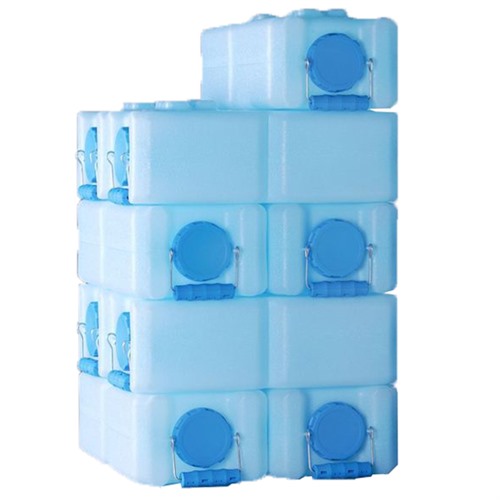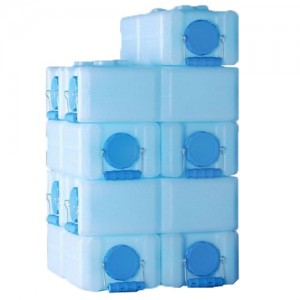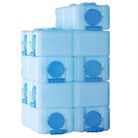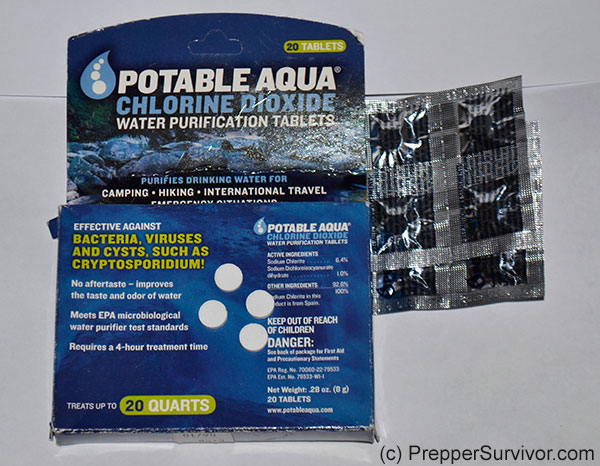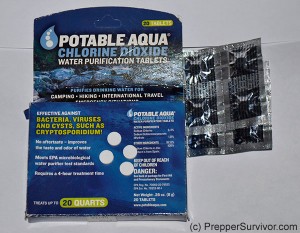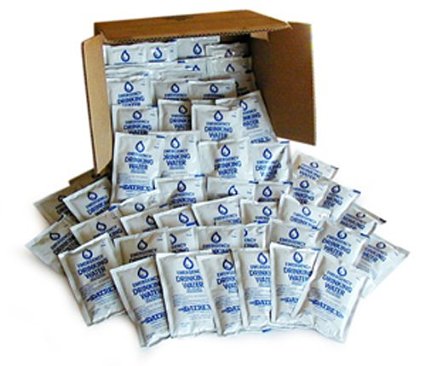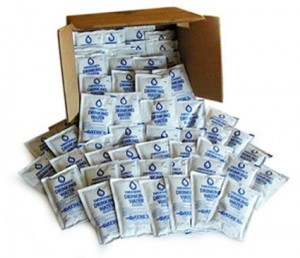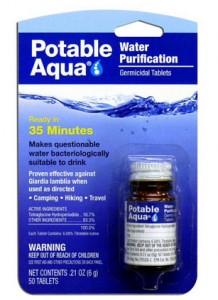Finding water in the wild
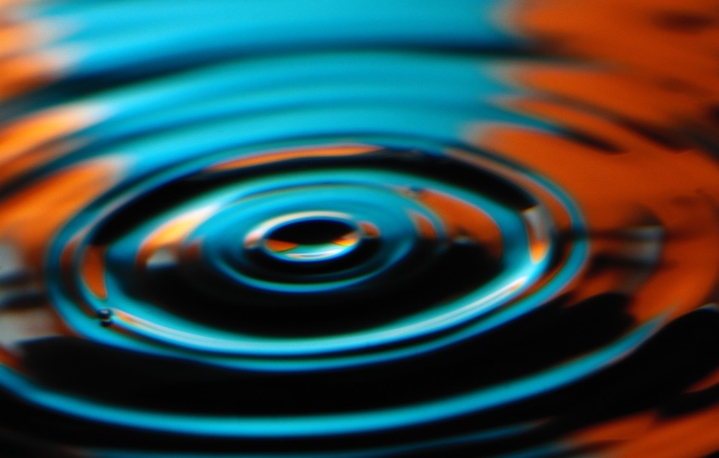
Many people get stranded in the wild every year. Nobody ever thinks it will happen to them until it does. Everyone from tourists to hikers could find themselves lost in the woods if they go too far away from familiar territory. People in their cars can even end up the same way if they start driving down unmarked dirt roads that they have never been down before and then end up stranded. Whatever the reason may be, it is important that you know how to survive in the wild in case this happens to you.
The most important necessity to have when lost in the wild is water. Someone could survive for an entire month without food, but they could only survive a week without water. But if you are constantly walking around the wild and exerting yourself, then you may only last a few days without water. That is why you need to know how to find drinking water when you are lost in the wild. Now depending on your location, you should be able to find an abundance of water if you know where to look for it. The most common places are lakes, rivers and streams. Just listen for the sound of moving water while in the woods in order to find it. This water should be drinkable, especially if there is a lot of fresh green vegetation surrounding the water. This vegetation means the water is fresh and able to hydrate plants, which means it can also hydrate humans. Plus if you see an animal or bird drinking from the water then that is also a sign of drinkable water.
An alternative to drinkable water on the ground is drinkable rainwater. If you have any spare containers and it starts to rain outside, place the open containers on the ground and let them catch as much rainwater as possible. Do not worry about acid rain or rain that is polluted because you are most likely in a rural area. These kinds of areas don’t have the kind of carbon emissions in the air that big cities have. So the rain will likely be fresh and drinkable after you contain it.
Despite the water being drinkable in the wild, this doesn’t mean it will be totally clean. After all, there are no filters in these waters and there is wildlife all around the walk in the water. So you have to take all of that into consideration. If you have the right tools with you, you could distill the water by boiling it over a burning fire or by using purification tablets. Otherwise, you will need to make the best of it until you find civilization again.


